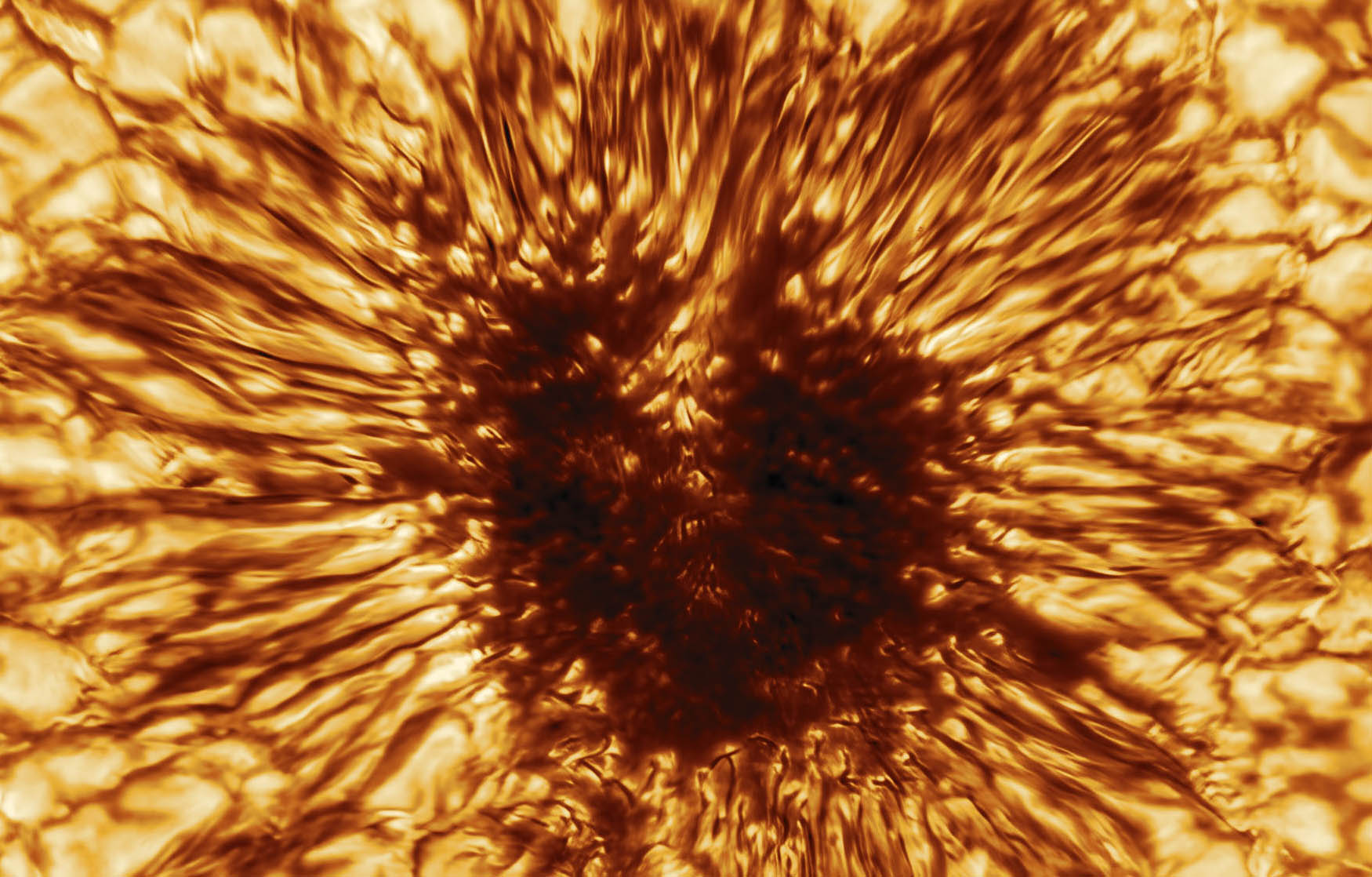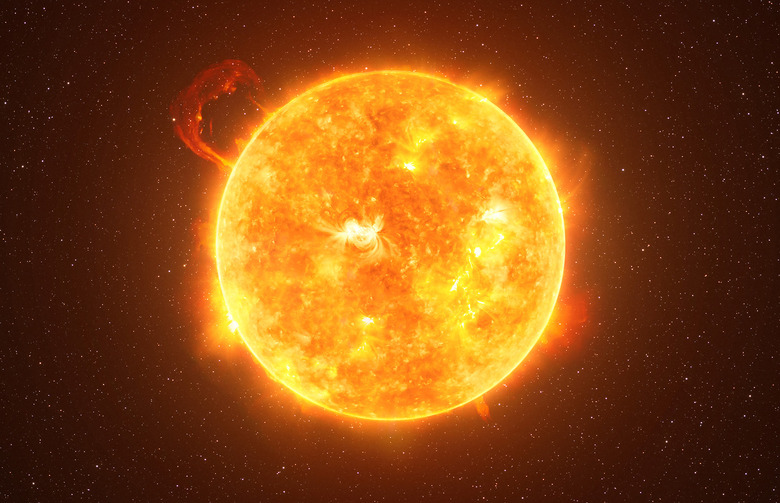A Huge Sunspot 15 Times Wider Than Earth Could Bombard Us With Solar Storms Soon
Astronomers have detected a massive group of sunspots being referred to as a "sunspot archipelago." The group is made up of at least six different sunspots, and astronomers warn it could spell trouble for Earth if it bombards us with solar storms.
Scientists say that the group of sunspots is one of the largest and most densely populated sunspot regions that we have seen on the sun's nearside to Earth in the past decade. So far the sunspots have already begun to release barrages of solar energy, which some astronomers warn could bombard Earth with solar storms.
The first part of the newly discovered sunspot archipelago is scientifically known as AR3490, and it rotated onto the sun's nearside on November 18. The dark patch was quickly followed by another group named AR3491. Scientists were already aware that both sunspot groups existed and were tracking them using helioseismic tremors – which appear as ripples on the Sun's surface.

After their first appearance, astronomers say the sunspots split up, giving birth to several new patches, including AR3492, AR3495, AR3496, and AR3497. This "sunspot archipelago" spans roughly 125,000 miles across the Sun's surface and is more than 15 times wider than Earth. Additionally, we've already seen at least 16 C-class and 3M-class solar flares emitted from the region within the last four days or so.
If the sunspots continue to revolve towards Earth, any additional energy they release could likely bombard our atmosphere with intense solar winds and energy, causing radio blackouts, GPS issues, and other interference. Additionally, astronomers have also spotted several large loops of plasma – known as solar prominences – coming from the sunspots, which could mean powerful coronal mass ejections (CMEs) are on their way.
Unfortunately, there isn't much we can do about any of this but wait and see how it plays out. There are no real preparations we can make, and if any solar storms do come barreling toward Earth, all we can do is sit and wait for them to hit. Considering we are close to reaching our solar maximum, it isn't unheard of to see an increase in solar activity like this.
